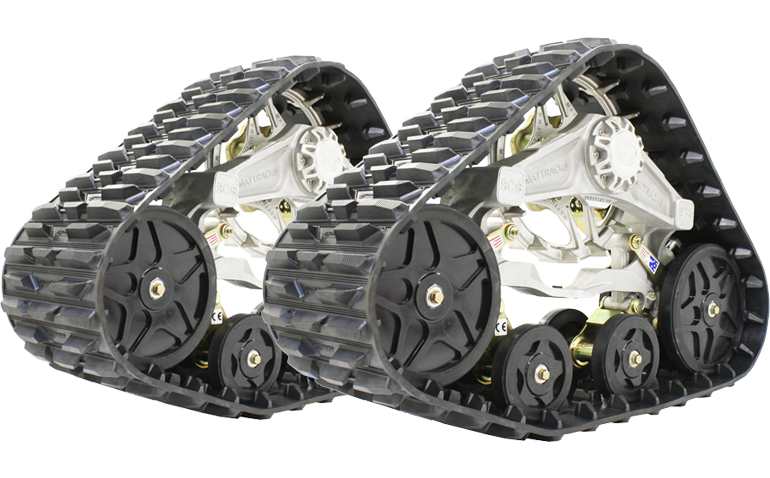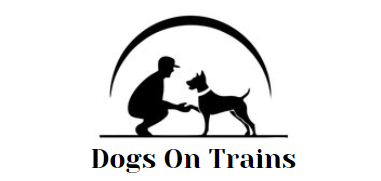UTVs are wonderful vehicles that are ideal for all sorts of adventures. However, if your intention is to go out on snow or ice, there’s a few things you need to be aware of. Users should first check the manuals of their machine or Google to learn how they perform in various terrains, such as packed ground and slushy roads. There are also detailed guidelines for how to use trails with different heights.
Choosing What is Important
Each rider is different, so there’s no one method that works for everyone. You have to ask yourself what’s important , and figure out whether these different types of riding are beneficial for you on top speed or traction? Certain riders prefer something softer as they are more comfortable than speed, while others may be more concerned with climbing the mountain fast and looking stylish as they go.

There is a debate whether you would like to go out in the snow or not. For some it’s “yes,” for others it might be “no”. However, if you prefer that option, this blog will guide you to choose the type of snowmobile best meets your requirements.
It’s Not Chump Change
You’re trying to get the most value of your machine , and you require a set of tracks that last. Tracks are costly and used ones may cost you as much or higher than new ones, depending on the condition they’re in (going from snappy response time). It’s crucial for me to consider this when purchasing my next bracket set due to the fact that not all mounting brackets have an included price , which means that you have to be mindful about whether or not these parts exist at all before making any final choices in certain shops. Some might have them but you should be aware of this.
Give and take
You will need to make some concessions when you add tracks to your ATV or UTV. You’ll be less powerful and the traction control will not work correctly (or in any way) as well as you might not be able to go more quickly on roads since it’s more difficult to spin wheels, but if it means being prepared for the possibility of anything happening on the offroad, then happy.
Tracks need to be in good order before you are able to drive through the winter’s icy, slushy snow or off-road with your four wheel drive vehicle. The lack of traction may affect everything, including handling, speed, and the ability of your vehicle to move effortlessly. It’s true! Vehicles with trackers can be stuck more quickly than vehicles without any kindling whatsoever so ensure that each vehicle has been checked prior to going out to explore today.
What is in a Track?
Tracks come in a variety of designs and prices. Some of them will only work in snow, but others can work in the four seasons, and still offer good traction or vibration reduction through their different gear ratios in line with what you need to get your ride-on car’s powertrain specs (drive) settings up against the terrain it is driven across; however all of this is based on the expense of durability, so ensure that you can withstand more than just one season before making any purchases.
Manufacturers will explain what floating means in relation to tracks. It is basically an area in which your machine’s weight needs to be distributed across so that it can be used when it is buried in snow or heavy rain. Riders looking to conquer any Mother Nature’s conditions on trails near home or abroad will be more successful having their contact area greater.
You’ll need an drive shaft that is compatible with the machine to optimize engine output. Different models of cars have different gearings, which means it can be challenging to find a suitable match between power consumption and fuel economy.
For more information, click side by side tracks
